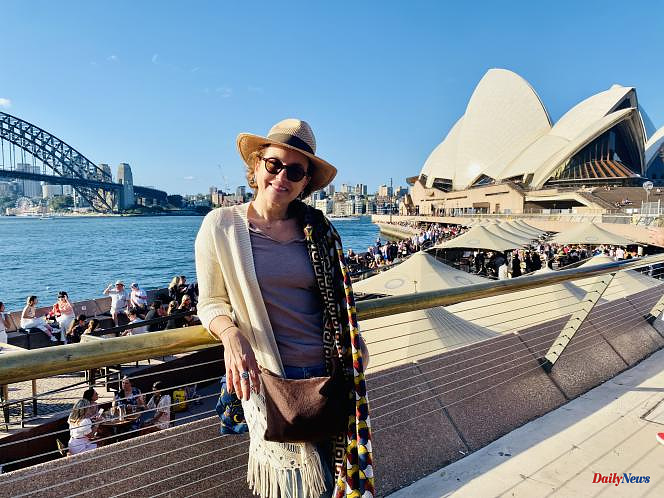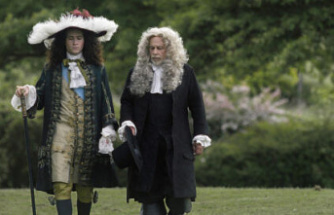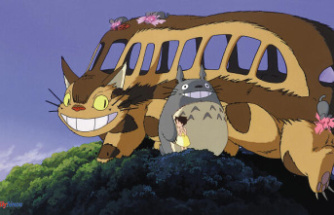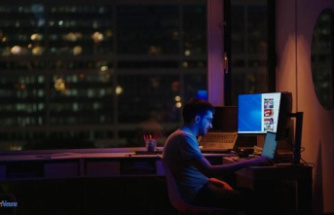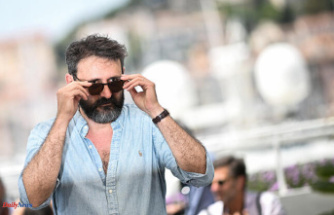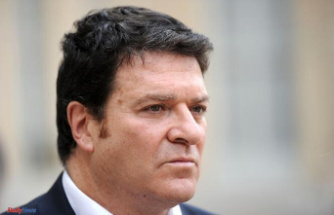Exit the kangaroo. The discovery magazine "Echappées belles", which this evening revisits a great Australian tourist classic, the Sydney-Melbourne route, takes the sea route and avoids any subject on the emblematic boxing marsupial. In return, the spotlight is given to humans – a bit chauvinistic – and irresistible koalas.
Led by journalist Sophie Jovillard, the coastal road-trip therefore doubles as a "boat-trip" over more than 1,000 kilometers of coastline (a sample, on the scale of the 60,000 kilometers of Australian coastline). It begins in Sydney Bay, aboard a sailboat whose skipper is Simon Gilkes, an opera singer but above all a fan of his hometown and his country.
"Whether Australians are called 'Ozies', 'Auzies' or 'Aussies', the only thing that matters is the pride of being Australian," he said. And I'm sure the French do the same. Sophie Jovillard will not comment. The visit of the metropolis continues in the same tone, from the ascent of the Harbor Bridge to The Rocks district, a former slum that has become a popular place for travellers, without forgetting the opera.
Simon Gilkes is not the only one to praise the Australian way of life. Among the residents we met, many insist on the large place given to sports, whether underwater rugby or cycling. "It's super motivating," says a Frenchman, happy to pedal from 5:30 a.m. to 7:30 a.m. before continuing on with his work day. Same observation and same hours further south, with Sallie Jones, a farmer who takes a dip from a magnificent and truly deserted beach as far as the eye can see before taking care of her farm.
Visit to a koala reserve
Driving over the Sea Cliff Bridge, which hugs the coast towards Huskisson, Jacob Morris, dancer and singer, embodies another pride: that of Aboriginal culture. He too claims to be "lucky": he is the great-grandson of the last woman to speak the Aboriginal dialect, Lena Chapman. The sequence on ritual initiation is not convincing, however. The story of the restoration of the biodiversity of French Island, southeast of Melbourne, by the owner of the Tanja Lagoon Camp, on the other hand, is very instructive.
On the animal side, in addition to a too short sequence of diving in the middle of the sea lions, the visit orchestrated by Noemie Seck, consultant in ecology, of a reserve for the conservation of koalas is absolutely cracking - it is here that a part of the marsupials burned during the vast fires of 2019 and 2020 have been treated.
Noemie Seck also serves as a guide to bivouac and observe, thanks to a camera trap, endemic species in their natural environment, such as a small wombat which makes square droppings or an echidna, one of the only two mammals to lay eggs (along with the platypus ).
The two women approach Melbourne again together, this time by kayak. Less photographed than Sydney, mixing buildings and small houses with a shameless history, and Queen Victoria Market, Australia's second city is particularly attractive... when we learn incidentally that 5 million inhabitants of 140 different cultures live there in total harmony . What could be more attractive to make you want to go to the other side of the world?

